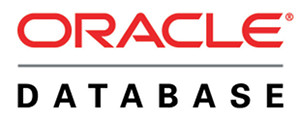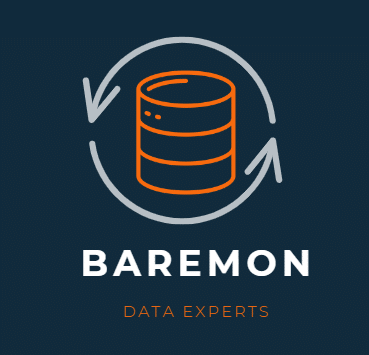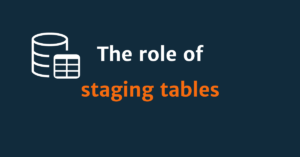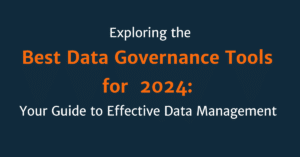Introduction
Although the release of Oracle Database 23ai is still a long way off on-premises, much of this next-generation platform is already available— – especially in the cloud. With advanced features in the areas of AI integration, security and data architecture, Oracle 23ai is more than just a version upgrade — it’s a change of direction. But what exactly makes 23ai so special? Let’s take a closer look.

Release schedule: What’s available and what’s still to come
Let’s take a closer look at where things stand:
- Available now (since 2 May 2024):
The version previously known as Oracle Database 23c has been renamed 23ai to emphasise its AI-powered features. It is currently generally available on Oracle Cloud Infrastructure (OCI), including Exadata Database Service, Base Database Service and Exadata Cloud@Customer. A free Developer Edition is also available for download.
- Still in the pipeline (probably 2025):
The on-premise version of Oracle Database 23ai has been delayed and is now expected to be released sometime in 2025. This delay affects organisations that rely on local implementations, but also gives them more time to prepare for the launch.
Key features of Oracle Database 23ai
Oracle Database 23ai introduces over 300 new features that represent a significant leap in database technology. Here is a detailed look at some of the most important new features:
- AI Vector Search
This feature enables the storage and retrieval of unstructured data — such as text, images and audio — using vector embeddings. By capturing semantic meaning, AI vector search enables more nuanced and relevant search results, making it invaluable for applications such as recommendation systems and fraud detection.
- JSON Relational Duality Views
This innovation bridges the gap between relational and document-based data models. Developers can seamlessly interact with data in the form of JSON documents or traditional relational tables, providing flexibility in application development and data management.
- SQL Firewall
To improve database security, the SQL firewall monitors and controls the SQL statements executed in the database. It detects and blocks unauthorised queries, providing robust protection against SQL injection attacks and unauthorised data access.
- True Cache
True Cache is a consistent and automatically managed in-memory cache that improves query response times and overall application performance. Unlike traditional caching mechanisms, True Cache works without manual intervention, ensuring consistent data and reduced latency.
- GraphQL support
Oracle Database 23ai introduces native support for GraphQL, a query language for APIs that allows clients to query specific data structures. This integration simplifies data retrieval and increases the efficiency of client-server interaction.
- Raft-based replication in globally distributed databases
This feature introduces a consensus-based replication protocol that improves data consistency and availability in distributed database environments. Raft-based replication ensures failover within seconds without data loss, making it ideal for business-critical applications.
- Real-time SQL plan management
This enhancement enables immediate detection and correction of SQL performance issues caused by changes to the execution plan. Automatic reversion to known good plans ensures stable and optimised query performance.
- Shrink tablespace
This function allows you to shrink a bigfile tablespace to reclaim unused storage space, optimise storage usage and reduce costs. It enables administrators to effectively adjust the size of the tablespace to the actual data utilisation.
- SQL Analysis Report
The SQL Analysis Report provides developers with insights into potential issues in SQL statements, especially those that could lead to sub-optimal performance. This tool helps to write efficient and effective SQL code.
- Extensions to the blockchain tables
Building on the blockchain tables introduced in previous versions, Oracle 23ai provides enhancements such as support for logical replication and rolling upgrades. These enhancements enable immutable data storage solutions that ensure data integrity and transparency.
Should you upgrade?
If your infrastructure is cloud-based, switching to Oracle 23ai is a no-brainer. However, if you’re running an on-premise database, waiting for the official release in 2025 can be frustrating. In the meantime, organisations should look at how these new features can improve their workflows.
Final thoughts: Is Oracle 23ai worth it?
Definitely — especially for cloud users. The AI-driven features and security enhancements make it a powerful choice for organisations processing large amounts of data. If you’re still working with 19c and waiting for the on-premise version, now is the time to plan your migration strategy.
Need help with Oracle 23ai?
At Baremon, we specialise in database consulting, performance optimisation and cloud migrations. Whether you need help migrating to Oracle 23ai or optimising your current database infrastructure, we’ve got you covered. Contact us today to explore your options!




